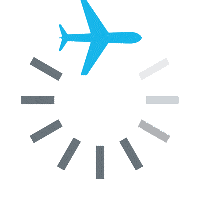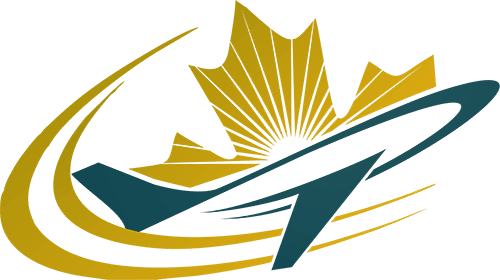What is the TC aim?
The TC AIM, or AIM de TC in French, is the Aeronautical Information Manual published by Transport Canada. It is used to supplement our Private Pilot Ground School, Commercial Pilot Ground School, and online PSTAR Preparation courses.
What is in the Aeronautical Information Manual?
The aeronautical information manual provides flight crews with a single source for information on rules and procedures for aircraft operation in Canadian airspace. It has been developed to bring together pre-flight reference information of a lasting nature into a single primary document.
The manual is designed for:
- Student pilots
- Recreational pilots
- Private and commercial pilots and crew
- Drone pilots
- Air traffic controllers
- Aviation inspectors and Transport Canada staff
- Airport and aerodrome personnel
- Emergency personnel
The AIM is available for free in PDF format on Transport Canada’s website. Although the information is freely available to all pilots, the text is copyrighted and you must obtain permission from Transport Canada to reproduce any portion of the text.
If I read it in the AIM, is it law?
No! The AIM is a reference manual, it is not law. As it is only published twice a year, there may be some inaccurate and outdated information. The best example is when NavCanada decommissioned all DF Steers in Canada at the end of 2021. The changes were not published until the next cycle which happened in March of 2022.
The aeronautical information manual may on occasion reference some laws from the Canadian Aviation Regulations. You will note this as the text will include the word shall in it. If a flight procedure is a recommendation or best practice, the AIM will suggest the action through the word should. It is important to know the difference between a law and a recommendation when flying.
With that being said, recommendations are made by the aeronautical information manual for a very good purpose – safety. Let’s take the following example which we found in RAC section 4.5.2.

The above photo was taken from the AIM and will be used to generally illustrate our point which related to legalities. The above photo is the most accepted way of joining a circuit at an uncontrolled aerodrome in Canada. There are a few things to note in the photo. The first note states that the circuit is normally flown at 1,000 ft above aerodrome elevation. This is not a law.
Light general aviation aircraft will normally fly circuits at this altitude, but it may not hold true for all jets. When I used to fly the Embraer 175, the published circuit altitude was 1,500 ft above aerodrome elevation. I’ve done this twice in the years I’ve flown it, once was in Windsor and once in Saskatoon.
Note two of our photo specifically refers to a Canadian Aviation Regulation, this is very much law. All other recommendations, such as how pilots should take-off and land into wind or how pilots should cross overhead the field at 1,000 ft AAE or at the published circuit altitude when joining the circuit are all recommendations.
Just because something may be legal, it may not be smart. These recommendations open up the pilot’s mind to being allowed to join on a left base or a straight in final at uncontrolled airports. It may be appropriate sometimes, but not always. It is always up to the pilot to exercise good pilot decision making. The AIM is a great mix of what pilots should do when they are flying and what they shall do.
We recommend having the aeronautical information manual on hand, either in a paper format or in an electronic flight bag.
-
CX-3 Flight Computer
$159.95 Add to cart -
Commercial Pilot Ground School
Rated 5.00 out of 5From: $199.00 every 4 months with a 7-day free trial Select options This product has multiple variants. The options may be chosen on the product page -
Private Pilot Ground School Course
Rated 5.00 out of 5From: $199.00 every 4 months with a 7-day free trial Select options This product has multiple variants. The options may be chosen on the product page
Discover more from Canadian Flight Trainers
Subscribe to get the latest posts sent to your email.













